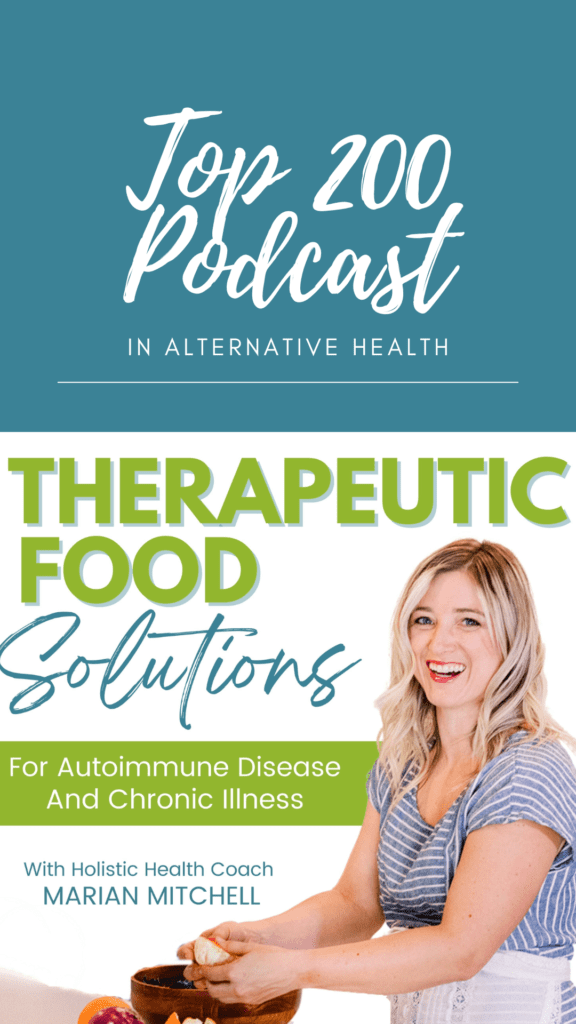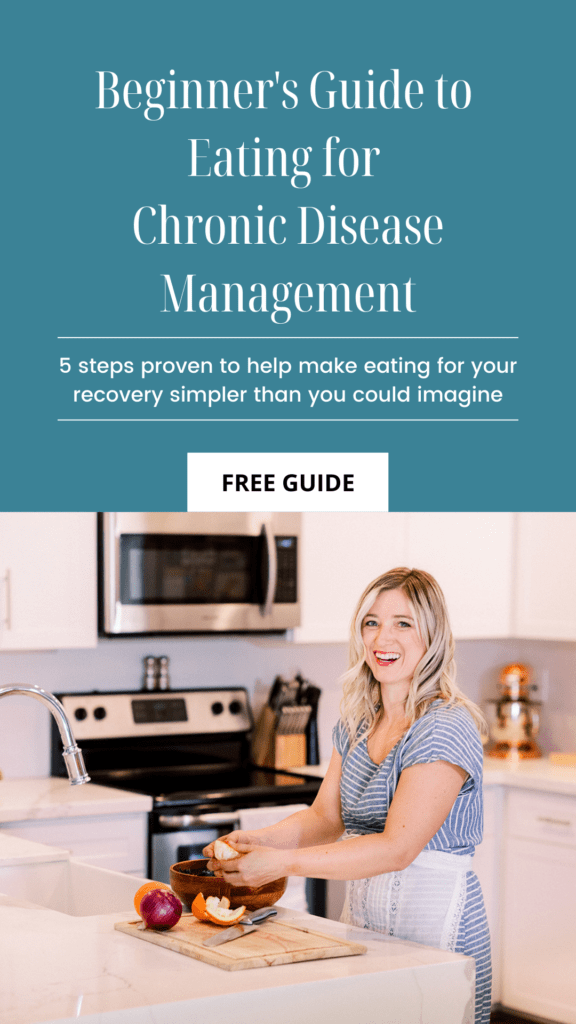People worldwide receive difficult diagnoses they must learn to cope with daily. In the US alone, 2021 health reports indicated over 28 million primary hypertension diagnoses. Due to the chronic nature of these illnesses, it is critical to modify your diet to allow your body to build enough resistance to prevent flare-ups. Unfortunately, many people find these diet modifications challenging, but here are some tips to make it easier to stick to a modified diet after a diagnosis.
Set realistic goals
Many medical conditions require dietary modifications because of the positive impact of healthier foods on the body. For example, a person diagnosed with Type 2 diabetes is expected to adopt a diet free from added sugars, limit fried foods, and avoid high-sodium meals. In place of that, grains, vegetables, low-fat foods, and other healthier options must be on your list. With all these changes, setting realistic goals for yourself is advisable. The objective is to avoid frustration and burnout usually associated with dietary modifications. The goals you set for yourself will motivate you to attain them and be consistent. There is always the temptation to have quicker results, but it’s important to know that the impact of your dietary modification takes time. It will therefore be better to use specific, measurable, attainable, relevant, and time-bound goals. Remember that chronic illnesses require lifelong management, so your goals must align.
Get essential support
As with every life-altering change, it is important to have crucial support to ensure your mental, emotional, and physical health. According to reports, people with chronic illness have a reduced risk of dealing with depression when they have the right support before, during, and after diagnosis. A support network is even more critical when making dietary changes following a diagnosis. With such modifications, seeking help from nutrition services would be helpful. As mentioned earlier, people face challenges when adopting a healthier diet after a diagnosis. There is an adjustment period that can be filled with apprehension and demotivation. A nutrition consultant can provide that emotional support to help you make that significant dietary change.
Plan your meals
Meal planning involves knowing what foods you want to consume over a period. It includes knowing what cooking methods to employ and when to eat those meals. Failure to plan your meals after a serious diagnosis may trigger uncertainty and dietary lapses, which do not augur well for your health. Meal planning, when done well, helps you control your portions and balance essential nutrients in every meal you make provision for. Another essential benefit of meal planning is knowing what to shop for at the grocery, helping you to avoid impulse buying and save money. Chronic illness management can be expensive because it’s long-term. Therefore, excessive spending could have consequences on extended treatments that require funds.
When you’re successful with your diet modification, you can manage your diagnosis better and reduce the risks of flare-ups. The above tips will help give you the start you need to be consistent with your diet.









